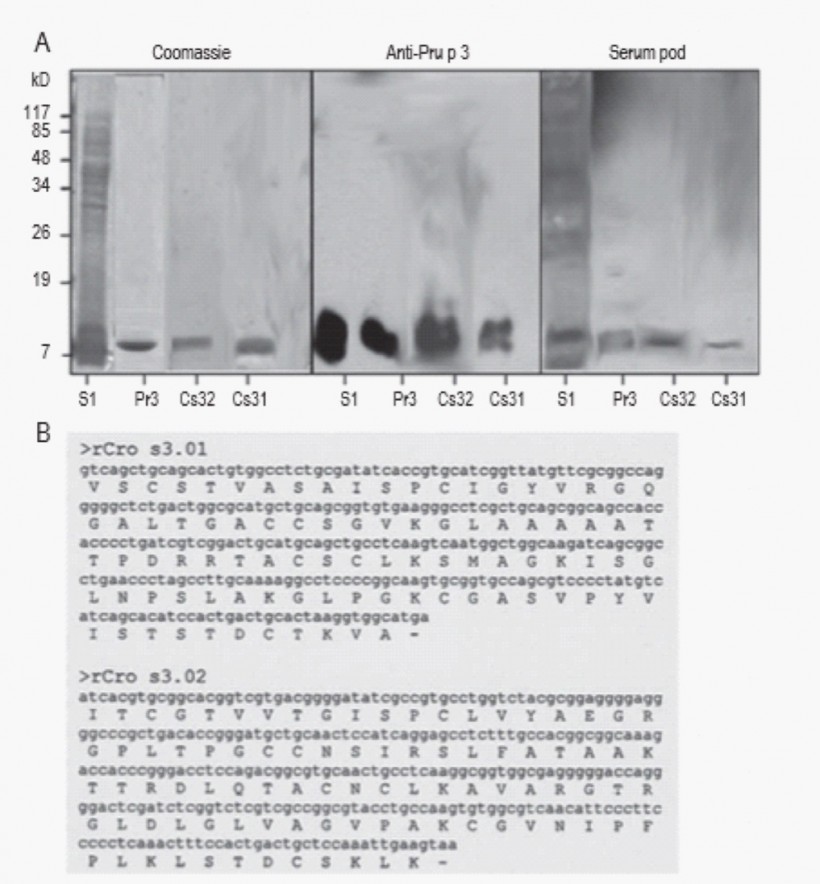Summary
The saffron produced in Spain and in particular in Castilla-La Mancha has a high level of quality and prestige, a fact which has led the European Community to confer the distinction “Denominación de Origen Azafrán de La Mancha” (EC Reg. 464/2001). Saffron (Crocus sativus L.) is a triploid plant, which spreads vegetatively by means of bulbs called corms. Popularly, this plant is known for the utilization of its stigmas as a culinary seasoning. 3,378 kg of saffron were produced in Spain in 2003, with 98.7% coming from Castilla-La Mancha. The value of the output generated was approximately 4 million Euros.
The new Common Agricultural Policy of the European Union (CAP), along with increasing consumer demand for natural products of high quality, has led to resurgence in saffron culture after a long period of gradual decline and abandonment in Spain.
In spite of the reduced area dedicated to saffron cultivation, the employment generated by this sector is very high. The planting of corms is a difficult task with bulbs being planted one by one and by hand, while harvesting and removal of saffron stigmas is also done by hand. The conditions of cultivation and handling of saffron facilitate the development of allergies by inhalation (pollinosis, asthma) and by contact.
In recent years, numerous studies have focused on the biological and pharmaceutical properties of saffron, and have proved its involvement in the reduction of cholesterol and triglyceride levels in the blood (Abdullaev et al., 1999); its ability to combat neural disorders (Abe et al., 2000), as well as its application in chemotherapy where it is used as an attenuator for the adverse effects of cisplatin (Premkumar et al., 2003).
Surprisingly, very few studies in the literature describe saffron allergies. One of the relevant articles was published by Dr. Feo (Feo et al. 1997) who described the implication of saffron flower and its clinical significance as an occupational allergy. In this study, the authors included fifty patients working in the saffron industry. Only 6% of the patients were sensitive to pollen and stamen extracts, giving positive values in the test prick.
The saffron allergy can even produce anaphylaxis. In a paper published in 1997 (Wuthrich et al.), a German farmer presented a severe anaphylactic reaction after eating Risotto. The authors showed that this reaction was due to high molecular weight proteins (40 – 90 kDa) present in the saffron extract.
The low rate of saffron allergy might be due to the lack of sensitive and specific diagnostic techniques used in both studies.
6.4% of food allergies in adults are attributed to spices. Patients with a high risk of developing this type of allergy are young adults sensitive to birch and Artemisia pollens, usually appearing with several cross-reactive plant allergens (Egger et al., 2006; Allergy). In the last ten years, several articles refer to the co-sensitization between pollen and food (Lombardero et al., 2004; Mittag et al., 2005; Bohle B, 2007).
The aim of the study is to seek the potential of sensitization by inhalation, contact or ingestion of saffron in the population of this area, especially in patients who work in the saffron fields. To reach the objective we will proceed as follows: 1) detection and identification of natural allergens from Crocus sativus flower stigmas and corms, using sera from patients allergic to saffron; 2) isolation and characterization antigens responsible for saffron allergy using physico-chemical, biochemical and immunological methods; 3) comparison in vitro and in vivo of biological activity of native and recombinant allergens using immunodetection and ELISA experiments and skin tests in allergic patients; 4) cloning of recombinant forms of these allergens, 5) characterization of the recombinant forms to verify their expression, 6) determination of the level of glycosylation of proteins in order to verify their carbohydrate content and thus analyse their possible involvement in saffron allergy, and 7) since most allergens belong to the PR family and are related to defence mechanisms, we also intend to assess the role of these allergens as antifungal agents.


